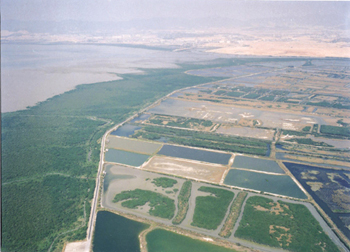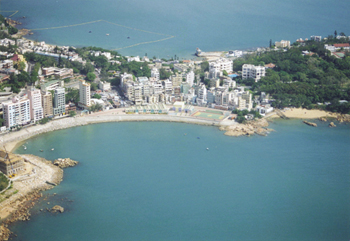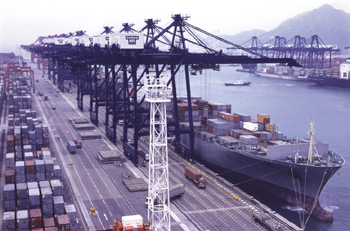7. HOW CAN WE EVALUATE HONG KONG'S LANDSCAPES?
Assessing the quality of the landscapes we have is important. Only if we know the quality of what we have now, can we measure whether it gets better or worse in the future. There are a number of ways of measuring the quality of our landscapes. These include making an assessment of its:
Key Characteristics
Sensitivity to Change
Condition
Scenic, Heritage and Nature Conservation Value
Every landscape has its own special qualities or key characteristics which make it unique. Identifying these key features (e.g. trees, buildings, streams, etc.) for any given landscape enables us to monitor change to its overall character. For example, in a landscape such as the Mai Po Marshes, key characteristics might include mud flats, mangrove vegetation and salt marshes.
Certain landscapes are more sensitive to change than others. Assessing the sensitivity of a landscape allows us to determine how much change it can tolerate in the future and where future development is best suited. LCTs with a lot of variety and vertical features (such as urban areas) tend to be much less sensitive than simple, open landscapes, such as Mai Po Marshes.
It is also useful to assess the state of repair or condition of the landscape. If we know which landscapes are spoiled, we can target action to remedy the damage and improve our landscapes. Generally, upland areas in Hong Kong (especially in Country Parks) can be said to be in much better condition than urban fringe landscapes, where open storage development and dumping may take place.
In addition to the above, every landscape has different value in terms of scenic quality, heritage or nature conservation interest. Assessing landscape value allows us to determine which are our best and most attractive landscapes and which are not so good, so that we can avoid action which may affect the high value landscape accordingly. Landscapes which retain high levels of natural scenic and heritage value, such as the Eastern New Territories, have a higher value than developed areas.


